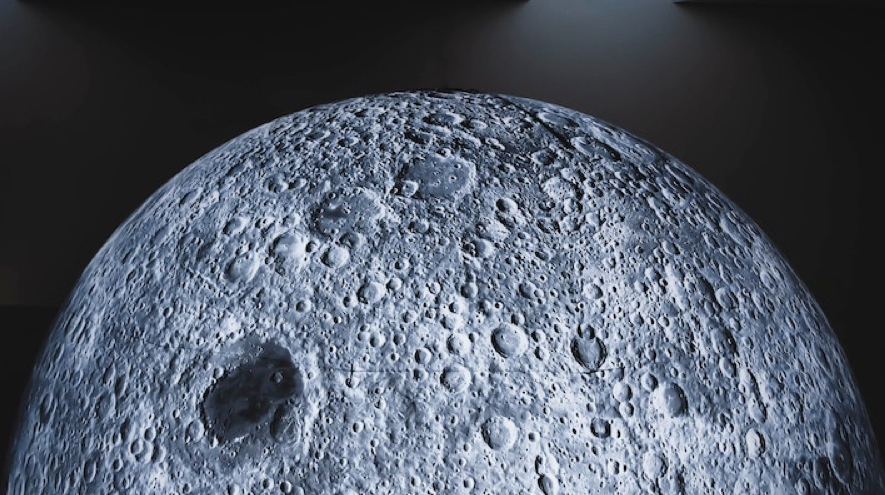
ESA Open Invitation To Tender AO8710
Open Date: 07/07/2016
Closing Date: 08/09/2016 13:00:00
Status: ISSUED
Reference Nr.: 16.112.05
Prog. Ref.: TRP
Budget Ref.: E/0901-01 – TRP
Special Prov.: BE+DK+FR+DE+IT+NL+ES+SE+CH+GB+IE+AT+NO+FI+PT+GR+LU+CZ+RO+PL+EE+HU
Tender Type: C
Price Range: 200-500 KEURO
Products: Ground Segment / Ground Station / F&T equipment / Other
Technology Domains: Ground Station Systems and Networks / Ground Station System / Frequency & Time Generation and Distribution
Establishment: ESOC
Department: Ground Systems Engineering Department
Division: Ground Station Systems Division
Contract Officer: Hurtz, Anne Maria
Industrial Policy Measure: C1 – Activities in open competition limited to the non-Larg…
Last Update Date: 07/07/2016
Update Reason: Tender issue
Current ESA Deep Space stations frequency plan is based on use of S-, X- and Ka-band frequency allocations and on a fixed-frequency down converting scheme at 70 MHz. Moreover, the currently distributed frequency reference is100 or 5 MHz and distribution is performed via coaxial cables. Such technical constraints come from legacy designs and implementations and shall be reviewed, in terms of performance, cost and ease of maintenance, taking into consideration obsolescence of currently deployed equipment, new mission needs and maintenance stream lining. Technology advancements in terms of frequency and time generation and distribution, frequency multiplication, utilisation of optical fibres and related RF-to-optical and optical-to-RF converters, digital signal processing shall be exploited and adapted to the purpose, with the scope of obtaining state of the art performance and reducing current implementation costs. New generations of ultra-stable clocks with ultimate performance are providing as natural output frequencies in the GHz range. The direct use of a frequency reference in ESTRACK within this range would mean an improvement in several areas:- Simplification of the down-conversion chain, with less elements and less complex. This would reduce the overall cost of the station.- The generation of the Local Oscillator inside the frequency converters will be easier. The price of the frequency converters would be reduced. The performance in terms of phase noise and stability would be better, opening the door to improvements in orbit determination accuracy, as well as for the support of more demanding scientific missions and radio science research.- Possibility to have a larger band at the output of the frequency converters, allowing higher data rates and better radio science research.- The use of a higher frequency reference reduce the multiplication ratio up to the carrier frequency. In this way, the impact on the performance of the reference clock in terms of phase noise and stability is minimised and profiting the most from new generations of ultra-stable clocks- The use of fibre optic for the distribution of frequency improves the EMC performance and minimises the risk of grounding loops. In summary, the definition of a new architecture based on state-of-the-art and emerging technologies in the domains of reference generation, distribution and frequency conversion will provide benefits from both the technical and the cost efficiency points of view. The architectural system study of the defined ESTRACK uplink and downlink chains and to define frequency distribution is needed in order to:- Define a new frequency plan for X-, K- and Ka-band, considering the frequency interfaces suitable for further digital signal processing within the station- Trade-off technology solutions and iterate design to come to a consolidated baseline- Identify the most convenient frequency reference- Identify those critical elements (eg. frequency combs, frequency synthesizers, opto-electrical converters, etc.) that require an additional development effort to bring them to an operational status.- Specify each new item and define development roadmaps- Select critical technologies and start bread boarding of critical components. The study shall address all critical aspects in the ground station systems and subsystems, including an assessment of the current TRL of the critical elements and establishing a roadmap for their development up to the operational status. Procurement Policy: C(1) = Activity restricted to non-prime contractors (incl. SMEs). For additional information please go to EMITS news “Industrial Policy measures for non-primes, SMEs and RD entities in ESA programmes”.
If you wish to access the documents related to the Invitation to Tender, you have to log in to the ESA Portal.
